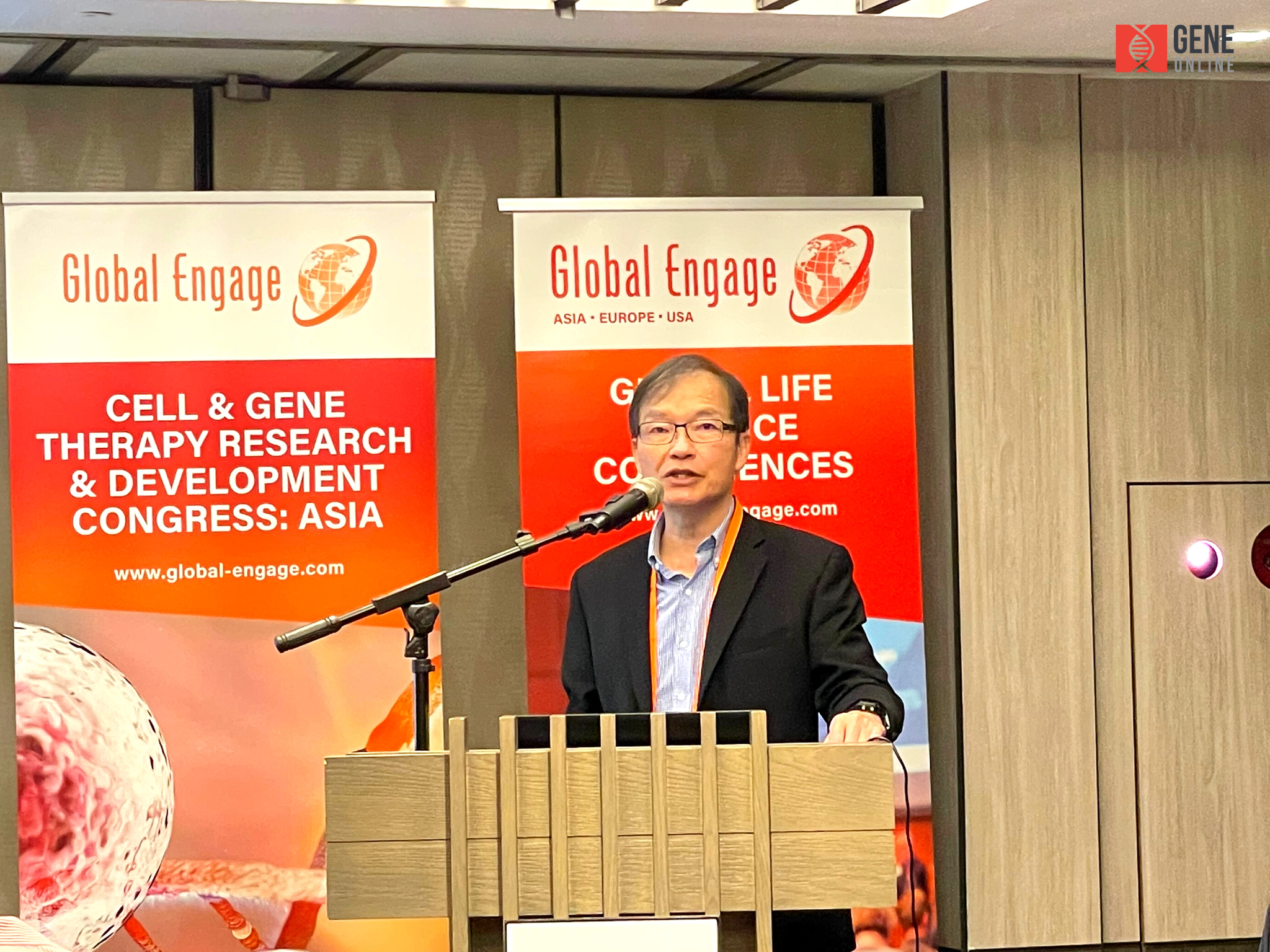Exciting Cell & Gene Therapy Research Updates in Glaucoma and Nerve Regeneration
As the Cell & Gene Therapy Research & Development Congress 2023 entered its second day, experts from around the world continued to share their latest exciting research findings and possible future directions in the related fields.
Tackling the World’s Leading Cause of Blindness
Day two of the event began with a virtual keynote address themed “Gene Therapy for Glaucoma” by Paul Kaufman, MD, Professor of Ophthalmology & Visual Sciences at the University of Wisconsin-Madison School of Medicine & Public Health. As an incurable, age-related degenerative optic neuropathy, glaucoma affects approximately 80 million people globally and is one of the world’s leading causes of preventable blindness. In most cases, the disease is caused by a buildup of fluid in the front part of the eye, which elevates intraocular pressure (IOP), causing damage to the optic nerve and possibly leading to permanent vision loss. With this in mind, lowering IOP is the top priority in devising ways to treat glaucoma and prevent disease progression.

Following an overview of glaucoma, professor Kaufman introduced some new approaches to managing the disease, with an emphasis on modifying the aqueous humor dynamics in the eye, such as encapsulated cell technology (ECT) and devices for micro-invasive glaucoma surgery (MIGS). Then he focused on the development of gene therapy for glaucoma and the findings obtained by his research team.
Related Article: Cell & Gene Therapy Congress Asia Day One: Advances in the Research
Gene Therapy for Glaucoma: Targets and Approaches
Theoretically, it is possible for gene therapies to achieve IOP reduction and preserve vision by different means such as protecting neurons of the optic nerve, decreasing aqueous humor production and enhancing aqueous humor outflow.
With an interest in the mechanisms of aqueous humor formation and drainage, Prof. Kaufman’s team sets their strategy to go after the physiology of the system, focusing on the trabecular meshwork (TM) and the uveoscleral pathway for outflow enhancement. They aim at identifying genes that would act on cells involved in these pathways so as to increase the fluid flow in the eye without actually replacing a gene that happens to be defective. Ultimately, their goal is to deliver a gene into the tissues and obtain a long-lasting therapeutic effect, allowing patients to avoid using time-consuming daily treatments
The team hypothesizes that in live non-human primates (NHPs), administration of viral vector-transgene constructs incorporating the C3 transferase or caldesmon transgene directly into Schlemm’s canal will decrease conventional aqueous humor outflow resistance and thereby reduce intraocular pressure.
Professor Kaufman also shared the research findings regarding the Wnt signaling pathway in human TM cells, showing that restoring the overexpression of certain proteins in this pathway may be a possible way for IOP reduction, thereby treating glaucoma.
Towards the end of his presentation, Professor Kaufman also mentioned current constraints and challenges of gene therapy for glaucoma, including vector-associated side effects (toxicity), difficulties in turning on or off the gene, gene-targeting technology, regulatory hurdles as well as the gap between theories and experimental observations that have yet to be resolved. Nevertheless, he still feels hopeful that the current research findings may provide insights for developing potential human therapeutics and that they could eventually move into the pre-drug phase and become part of a clinical trial.
Exciting Findings from Neural Stem Cell Research
The second keynote speech of the day was delivered by professor Ing-Ming Chiu, Chair Professor at Graduate Institute of Biomedical Sciences at China Medical University, with the theme “Neural Stem Cells and Neurotrophic Factors in Nerve Regeneration”.

Since the discovery of the regeneration of neurons after birth in animals, scientists around the world have been engaging in neural stem cell (NSC) research. It has been found that fibroblast growth factors FGF1 and FGF2 are required for the maintenance of NSCs in early development.
Moreover, FGF1 and interleukin 12 (IL12), separately, are beneficial in nerve repair via promoting axonal growth. With the sciatic nerve injury mouse model, Prof. Chiu’s team has found that the implantation of NSCs combined with nerve conduit and IL12 can increase neuroregeneration and improve motor recovery.
IL12 is a dimeric protein that is formed by the combination of p35 and p40 subunits. In particular, the team has found that mouse IL12p80 (homodimer of two p40 subunits) facilitates nerve regeneration and promotes functional recovery in vivo. In vitro studies of the molecular mechanism reveal that IL12p80 stimulates the Schwann cell differentiation of mouse NSCs through the phosphorylation of Stat3 in NSCs.
Furthermore, the team later used human IL12p80 in mouse models and it has been found that hIL12p80 also facilitates nerve regeneration in mice. One of their ongoing studies involves an attempt of using hIL12 and human nerve in the mouse model. In the event that positive outcomes are achieved, these findings may provide insights for developing potential therapies for neurological diseases in humans.
©www.geneonline.com All rights reserved. Collaborate with us: service@geneonlineasia.com








